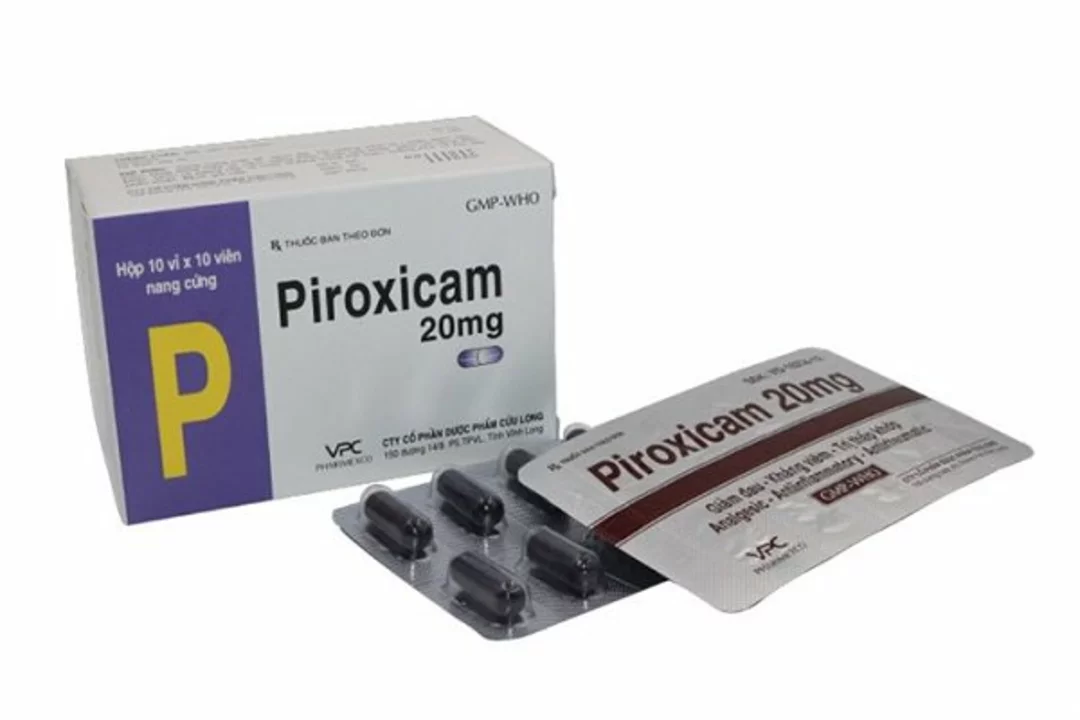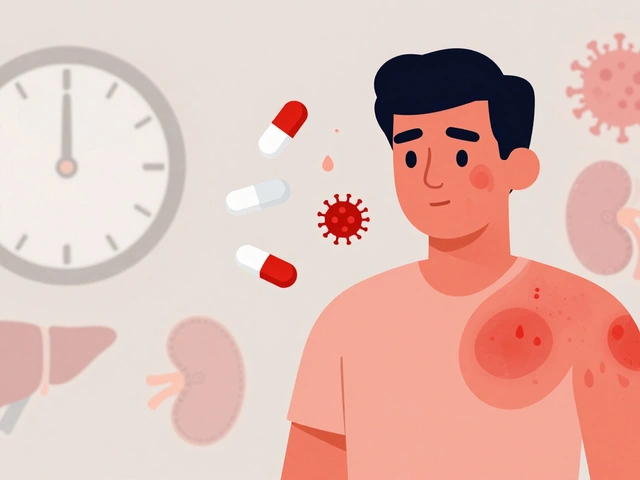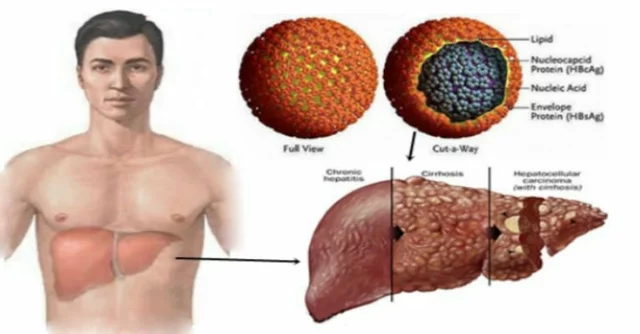
Understanding Tendinitis and Its Treatment Options
Tendinitis is a common condition that affects many people, especially those who engage in repetitive or strenuous physical activities. It occurs when the tendons, which are the thick cords that attach muscles to bones, become inflamed and irritated. This can cause pain, swelling, and limited mobility, making it difficult to carry out daily tasks. There are many treatment options available for tendinitis, ranging from rest and ice therapy to more invasive procedures like surgery. However, one treatment that has been gaining attention is the use of Piroxicam, a nonsteroidal anti-inflammatory drug (NSAID). In this article, we will explore the potential benefits and drawbacks of using Piroxicam for tendinitis and whether it is a viable treatment option.
The Role of Piroxicam in Alleviating Inflammation
Piroxicam is a type of NSAID that works by reducing inflammation in the body. It does this by blocking the production of certain chemicals called prostaglandins, which are responsible for promoting inflammation, pain, and fever. In the case of tendinitis, Piroxicam can help to alleviate pain and reduce swelling, allowing the affected tendon to heal more quickly. This can be particularly beneficial for those who are experiencing acute bouts of tendinitis, as it can help to speed up the recovery process and enable individuals to return to their normal activities sooner.
Comparing Piroxicam to Other NSAIDs
While Piroxicam is effective in reducing inflammation and providing pain relief, it is worth noting that there are many other NSAIDs available on the market, such as ibuprofen, naproxen, and diclofenac. These medications work in a similar way to Piroxicam, and thus, can also be used to treat tendinitis. However, some studies have suggested that Piroxicam may be more potent than other NSAIDs, which means that it may provide more effective pain relief and faster recovery time. Additionally, Piroxicam has a longer half-life than other NSAIDs, which allows it to be taken less frequently, potentially improving patient compliance with treatment.
Potential Side Effects and Precautions
As with any medication, there are potential side effects associated with Piroxicam use. Some common side effects include gastrointestinal issues such as nausea, vomiting, and diarrhea, as well as headaches and dizziness. More serious side effects can include stomach ulcers, bleeding, and kidney or liver problems. To minimize the risk of side effects, it is important to follow the prescribed dosage and instructions provided by your healthcare provider. Additionally, individuals with a history of stomach ulcers, kidney or liver disease, or those who are taking blood thinners should consult their doctor before using Piroxicam, as these factors may increase the risk of complications.
Alternative and Complementary Treatments for Tendinitis
While Piroxicam may be a viable treatment option for tendinitis, it is important to consider other non-pharmacological treatment options as well. Some alternative and complementary treatments for tendinitis include physical therapy, massage, acupuncture, and the use of cold and heat therapy. These treatments can help to improve range of motion, reduce pain and inflammation, and promote overall healing. In many cases, a combination of both pharmacological and non-pharmacological treatments may provide the best results for individuals suffering from tendinitis. It is important to work closely with your healthcare provider to develop a comprehensive treatment plan that addresses your specific needs and concerns.
Conclusion: Is Piroxicam a Viable Treatment Option for Tendinitis?
In conclusion, Piroxicam may be a viable treatment option for individuals suffering from tendinitis, as it can help to reduce inflammation and provide pain relief. However, it is important to weigh the potential benefits against the possible side effects and to consider other treatment options as well. By working closely with your healthcare provider and exploring all available treatment options, you can develop a comprehensive treatment plan that best meets your needs and promotes a speedy and healthy recovery.
9 Comments
Andrea Galetto
May 30, 2023 AT 03:11 AM
If you're relying on NSAIDs to fix tendinitis you're missing the point entirely. Real recovery is about mobility work eccentric loading and patience not chemical band aids. The fact that people still think drugs solve mechanical problems says everything about modern medicine
Daniel Rogers
May 30, 2023 AT 08:15 AM
Hey everyone just wanted to say you're all doing amazing just by seeking solutions 💪 Piroxicam might not be for everyone but if it helps someone get back to their kids or their hobby that's a win. Keep pushing forward and listen to your body 🌟
Chris Remo
May 31, 2023 AT 07:24 AM
I used piroxicam for a bad shoulder thing last year. Took it for like 10 days. Felt way better. But honestly the real change came when I started doing those dumb band stretches every morning. No magic pill. Just dumb consistent stuff. 🤷♂️
Michael Herr
May 31, 2023 AT 16:24 PM
The real issue is how doctors push pills instead of physical therapy. Piroxicam has its place but it should be a last resort not the first option. People need to move more not take more drugs
Crystal Magnant
May 31, 2023 AT 19:23 PM
I tried piroxicam and it gave me a headache so bad I cried. Then I did ice rolling and yoga and boom 80 better in a week. Drugs are not the answer. 🙃
Danie Joy
June 1, 2023 AT 08:09 AM
Piroxicam is just the tip of the iceberg. Big pharma knows NSAIDs mask pain so you keep using the same equipment that injured you in the first place. They want you dependent. They want you in a loop. The real cure is quitting your job and living off grid. I know I'm right
Katherine Stapp
June 1, 2023 AT 09:42 AM
Americans are so weak. In my country we don't take pills for tendinitis. We work through it. We lift heavy. We don't cry about it. If you need piroxicam you're not trying hard enough. 🇺🇸🔥
Frank De Silva
June 1, 2023 AT 22:29 PM
Interesting how everyone is so quick to dismiss pharmaceuticals while ignoring the fact that most tendinitis cases are iatrogenic. The real problem is the medical system's obsession with symptom suppression rather than root cause analysis. And yes I've read the Cochrane reviews. You haven't.





Hobert Finn Bodfish
May 29, 2023 AT 17:14 PM
Piroxicam is overkill for tendinitis. I've seen guys in the gym pop it like candy and wonder why their stomachs are bleeding. Ibuprofen works just fine if you're not a hypochondriac. And don't even get me started on how some docs prescribe this like it's vitamin C. 😤